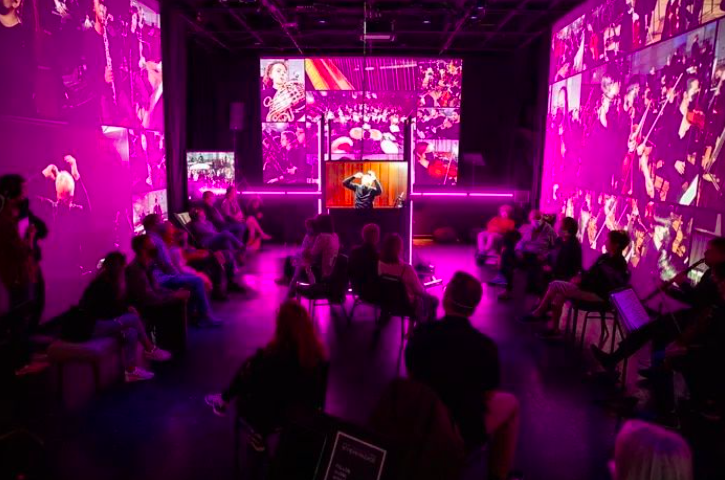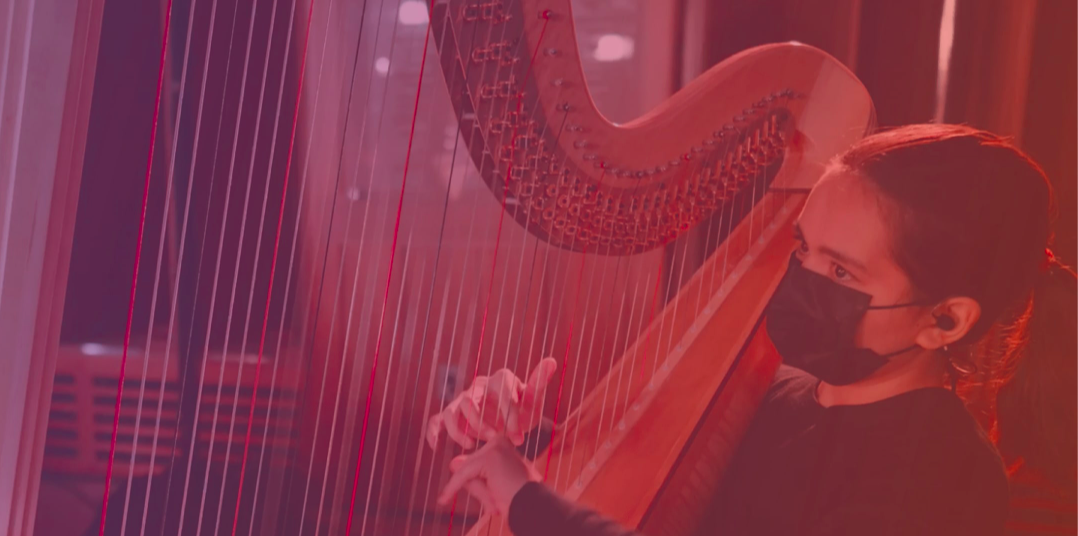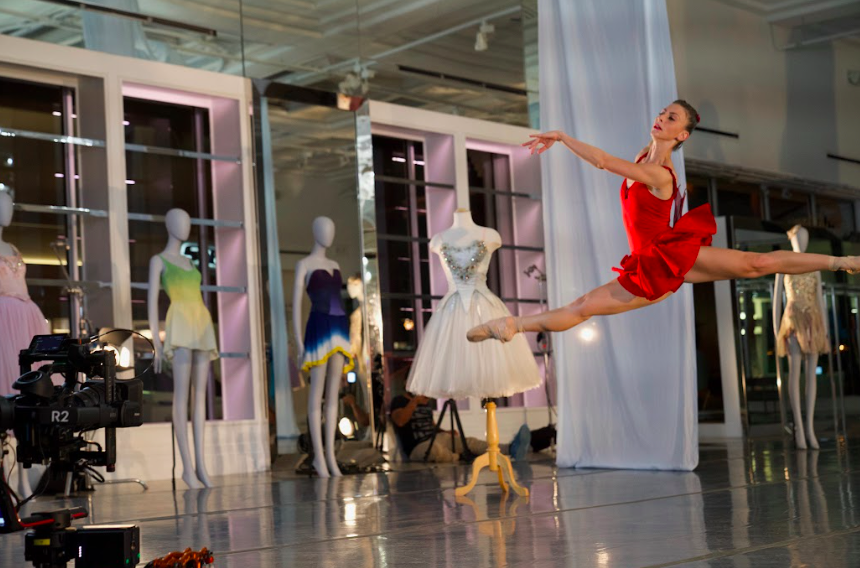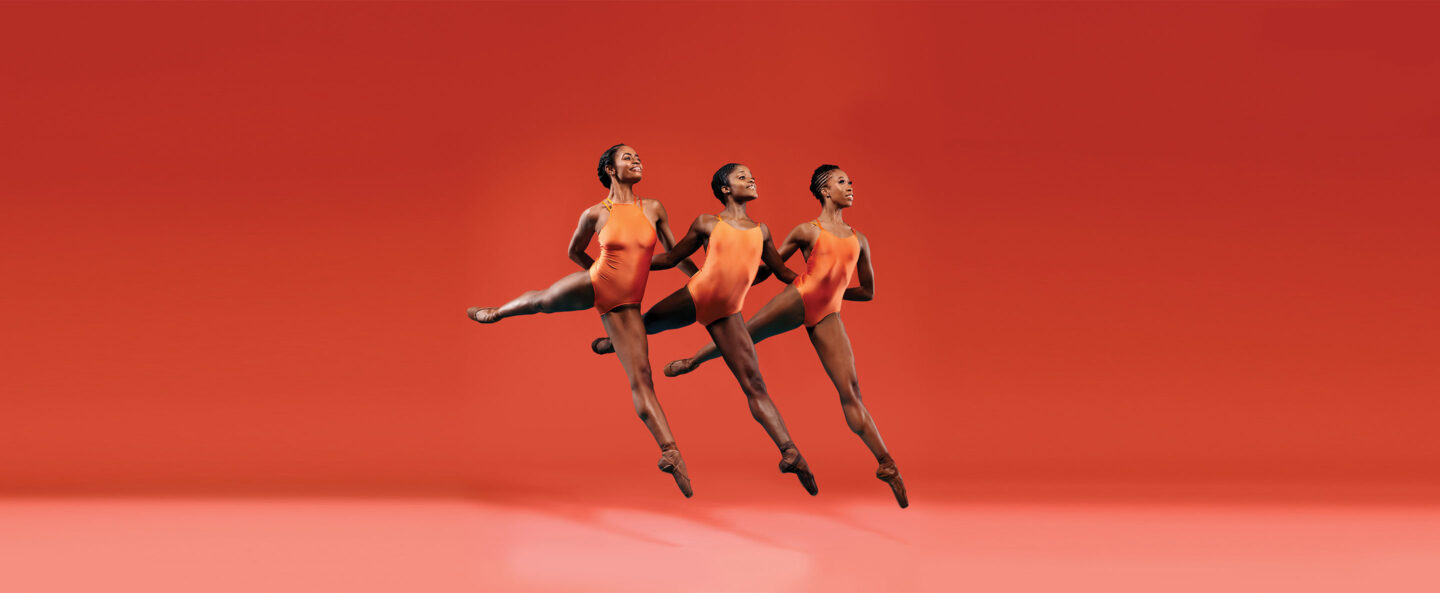Teaching media skills to equip future classical music leaders
The Curtis Institute of Music is a small, highly selective, and tuition-free conservatory for promising young classical artists. Since 1924, Curtis has built a reputation for preparing many of the world’s most renowned musicians for performing careers as soloists, chamber musicians, orchestral players, and opera singers.
Like other artistic training conservatories, Curtis faced significant obstacles to delivering its intense curriculum of private instruction, coaching, rehearsing, and performance during the pandemic’s lockdowns. Moving to Zoom meant that musical training lost subtleties of sound and touch that are important to mastery of musical instruments and singing. Rehearsing over Zoom from multiple remote locations also presents challenges because the platform was not created with the needed precision for ensemble playing. Latency is a problem over Zoom, and very high and low pitches are subject to distortion, confounding a teacher’s ability to assess intonation and other nuances.
Curtis is tackling these and other challenges in its Performance Innovation Laboratory, led by Vince Ford, senior vice president for digital strategy and innovation. In a relatively unusual organizational structure, Ford leads the Lab, is a faculty member in digital studies, and also oversees the school’s IT infrastructure and media production both creatively and administratively. From this newly created position, Ford was able to guide digital efforts during lockdowns that accelerated the school’s digital programming and heightened the relevance of media studies as part of musical training.
For example, during lockdowns, students produced their own live-streamed performances through the school’s hands-on (but remote) digital production training, allowing them to continue presenting concerts. This coursework had been elective but became mandatory as students continued to perform online. Students had to think about what makes a production “good” and distinctive, and learn every aspect of digital presentation beyond their own performance. The digital studies curriculum also helps students explore ways to build their artistic profiles via social media, creating their own avenues for recognition outside of in-person concerts at celebrated venues. In class, they analyze other artists’ social media profiles and strategies, consider the best fit for their own musical personalities, and watch digital productions from around the globe, discussing ways that digital performance is evolving.
“The most important thing that happened during the pandemic was we really had to focus on the why,” Ford says. “What is the purpose of incorporating technology training into a music conservatory?” Ford reports there is now broad agreement that, in its goal to prepare musical leaders of the future, technology skills are a core curriculum requirement. “Curtis believes we are training musical artists who can move the art form forward, who can help discover new ways to present music and new ways to reach audiences. We aim to prepare students who will lead the field. And the school can provide a great R & D space because we have the level of students who can definitely lead—and if they fail as they try new things, it’s not the end of the world. We’re in an educational setting.”
Curtis’s next ambitious digital production is the Immersive Scherezade project that incorporates recordings of a live performance of the Curtis Symphony Orchestra on 26 cameras, projecting sound and images in the school’s black box theater. By involving students in this production, and through its digital studies curriculum, Curtis is venturing into new territory for young classical musicians, equipping them for the strong likelihood that media literacy and fluency will be increasingly important aspects of performing artists’ work.









